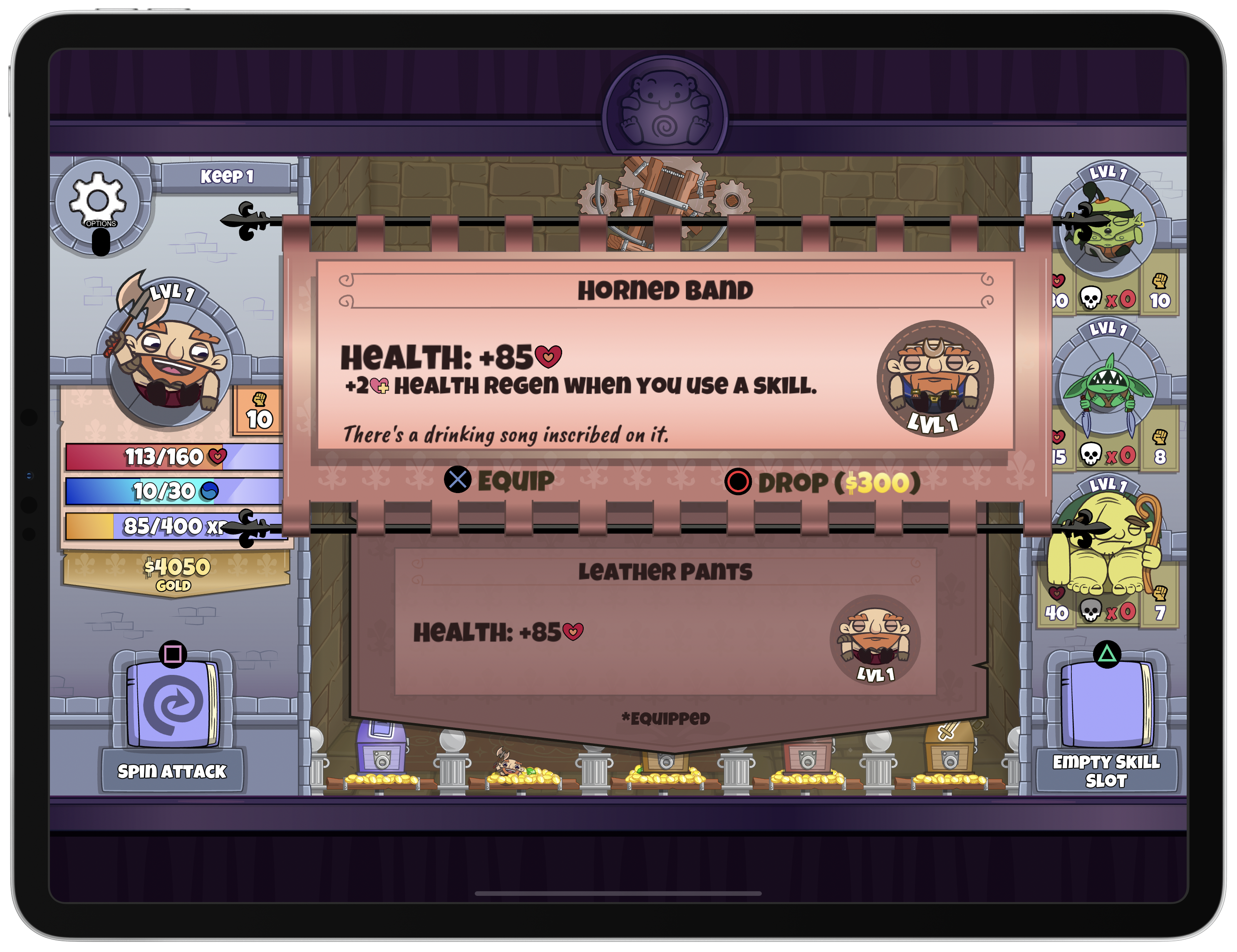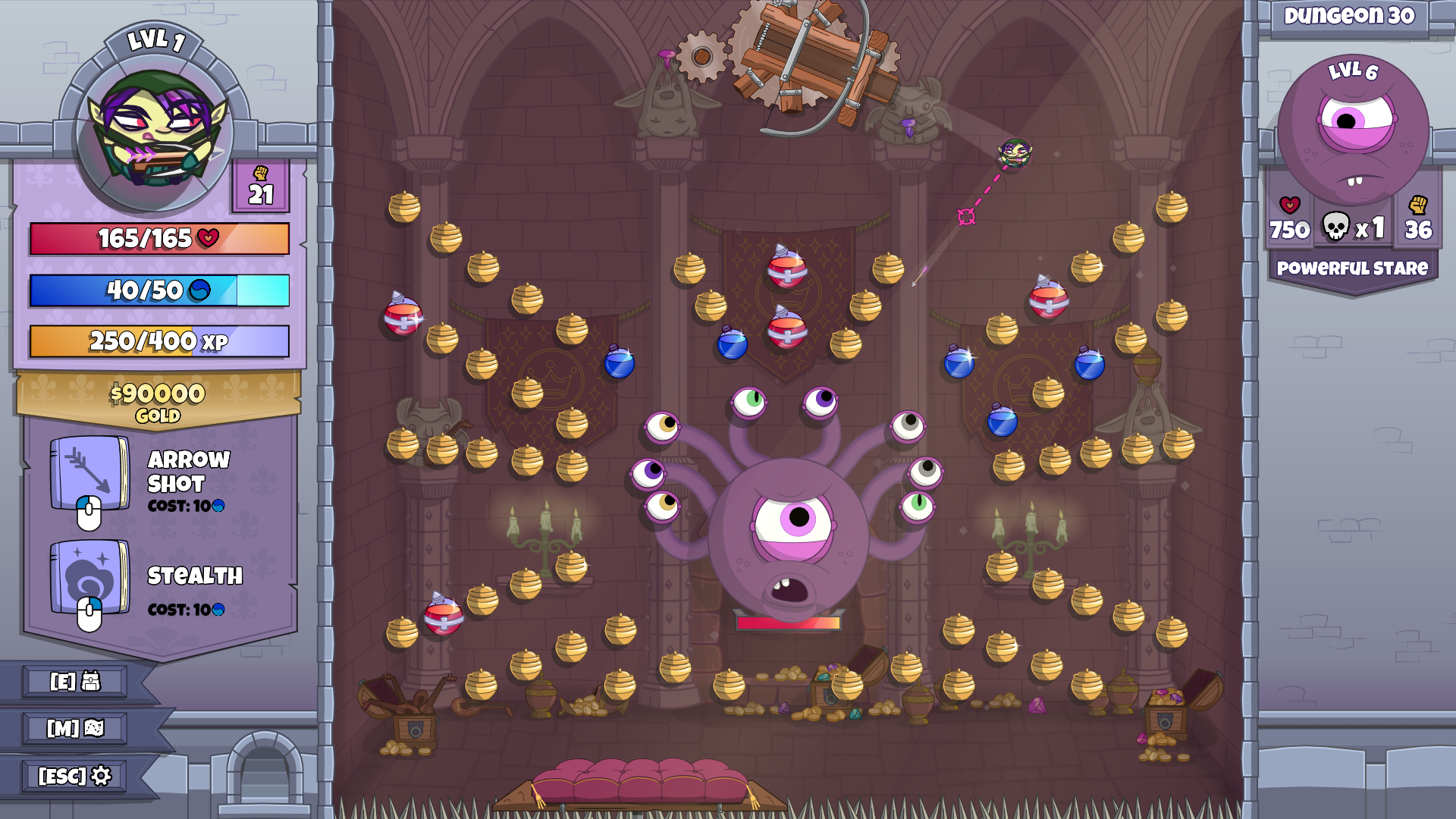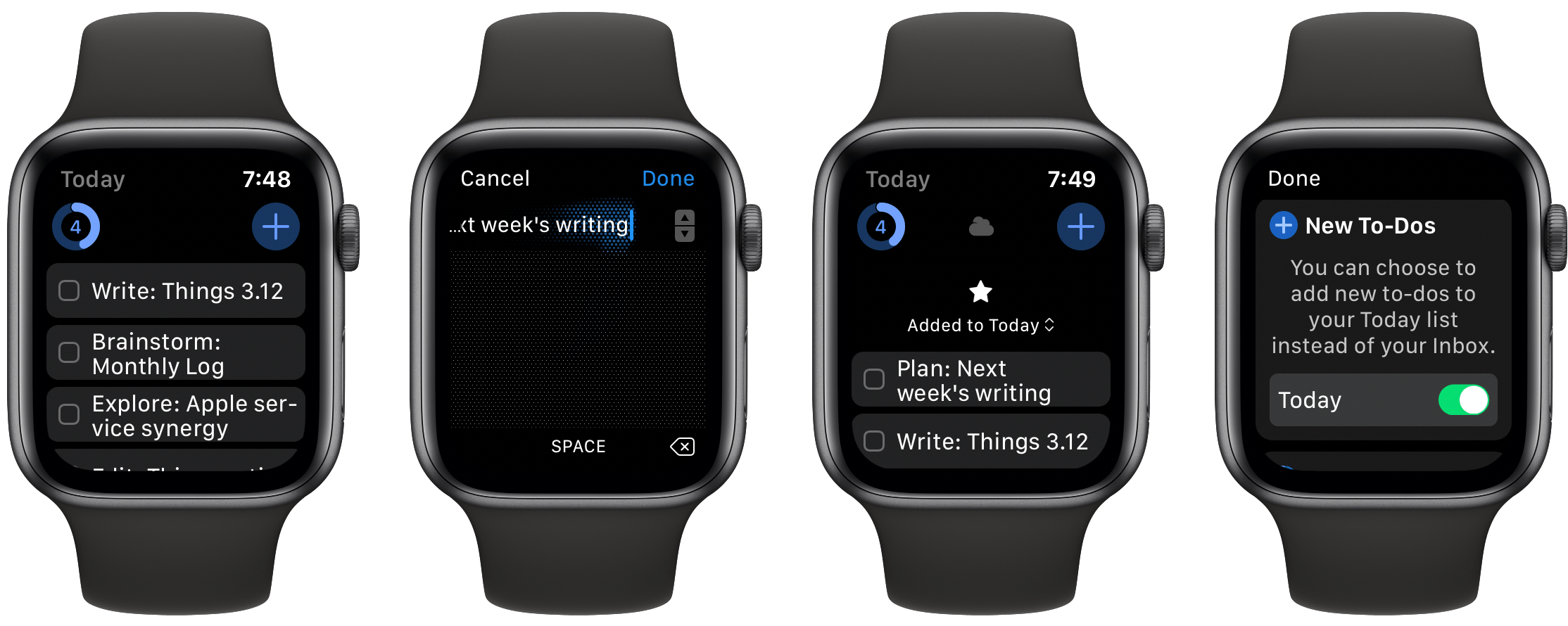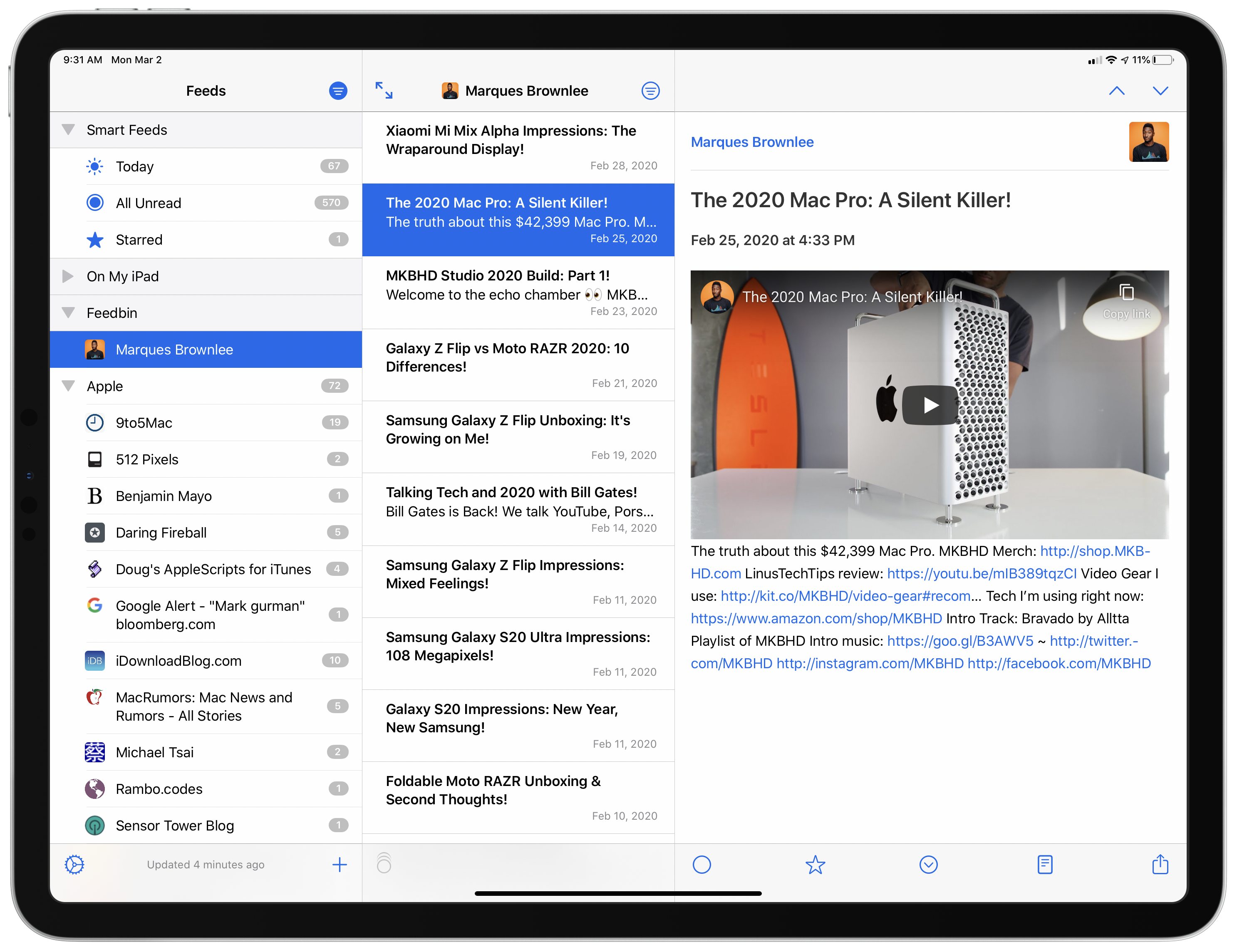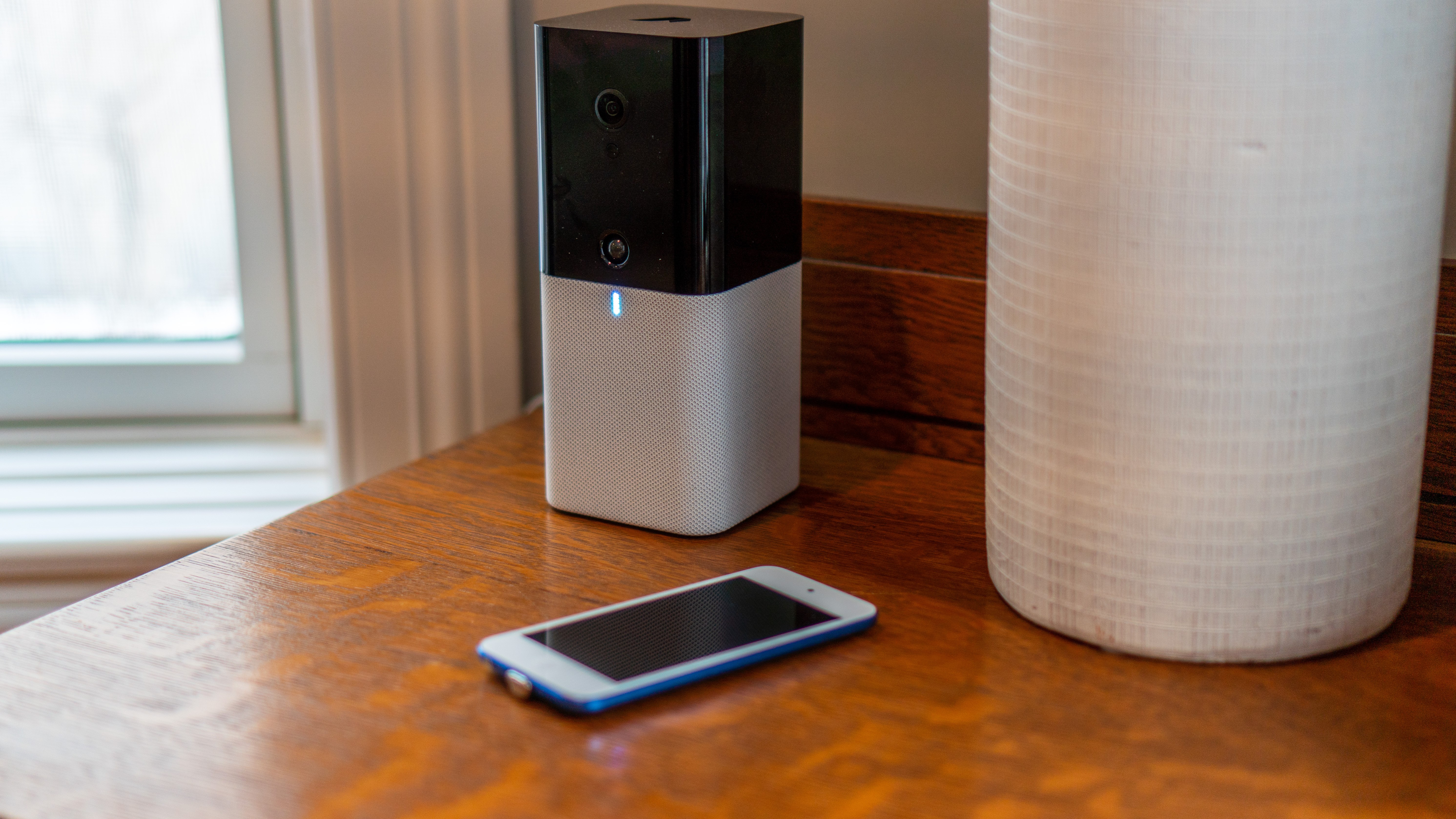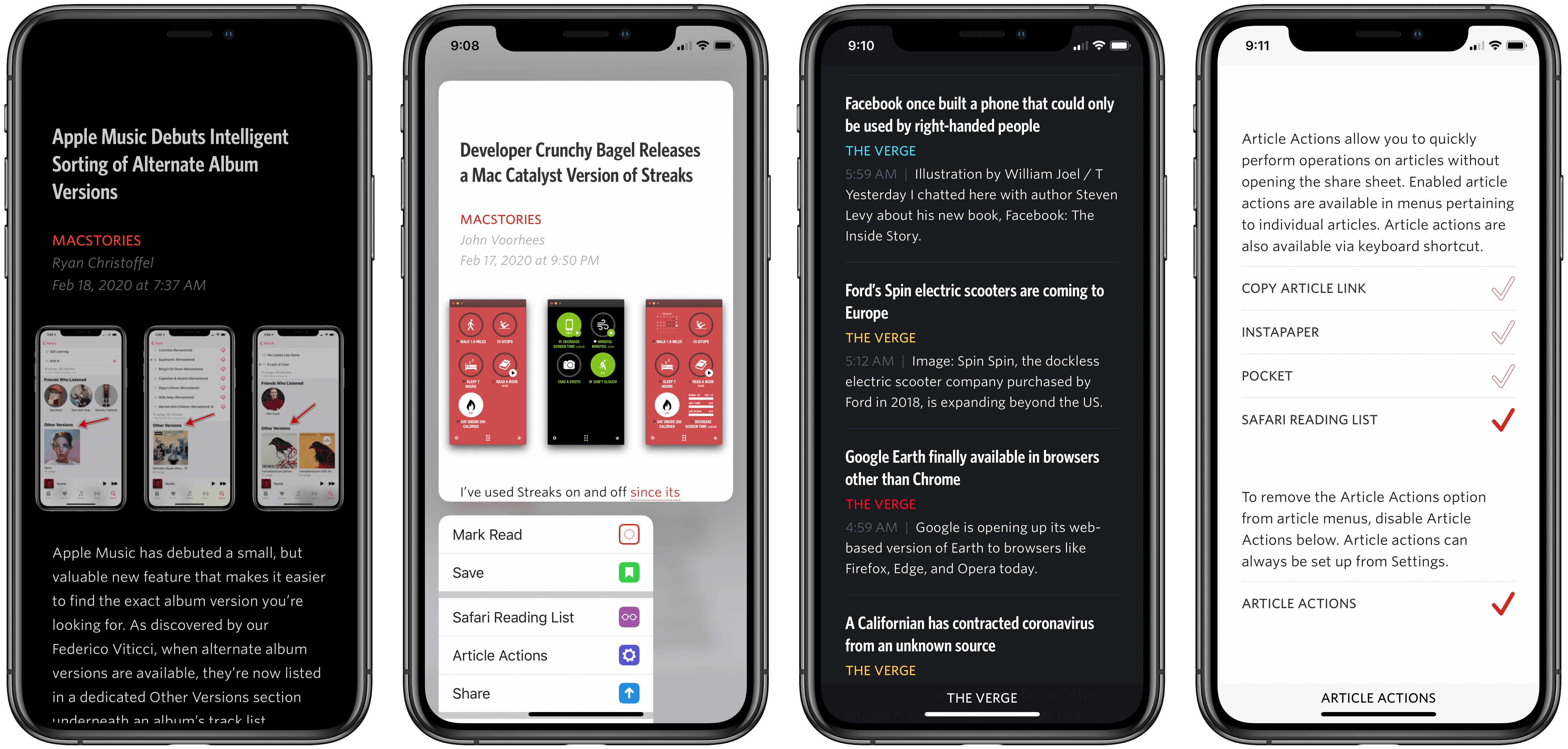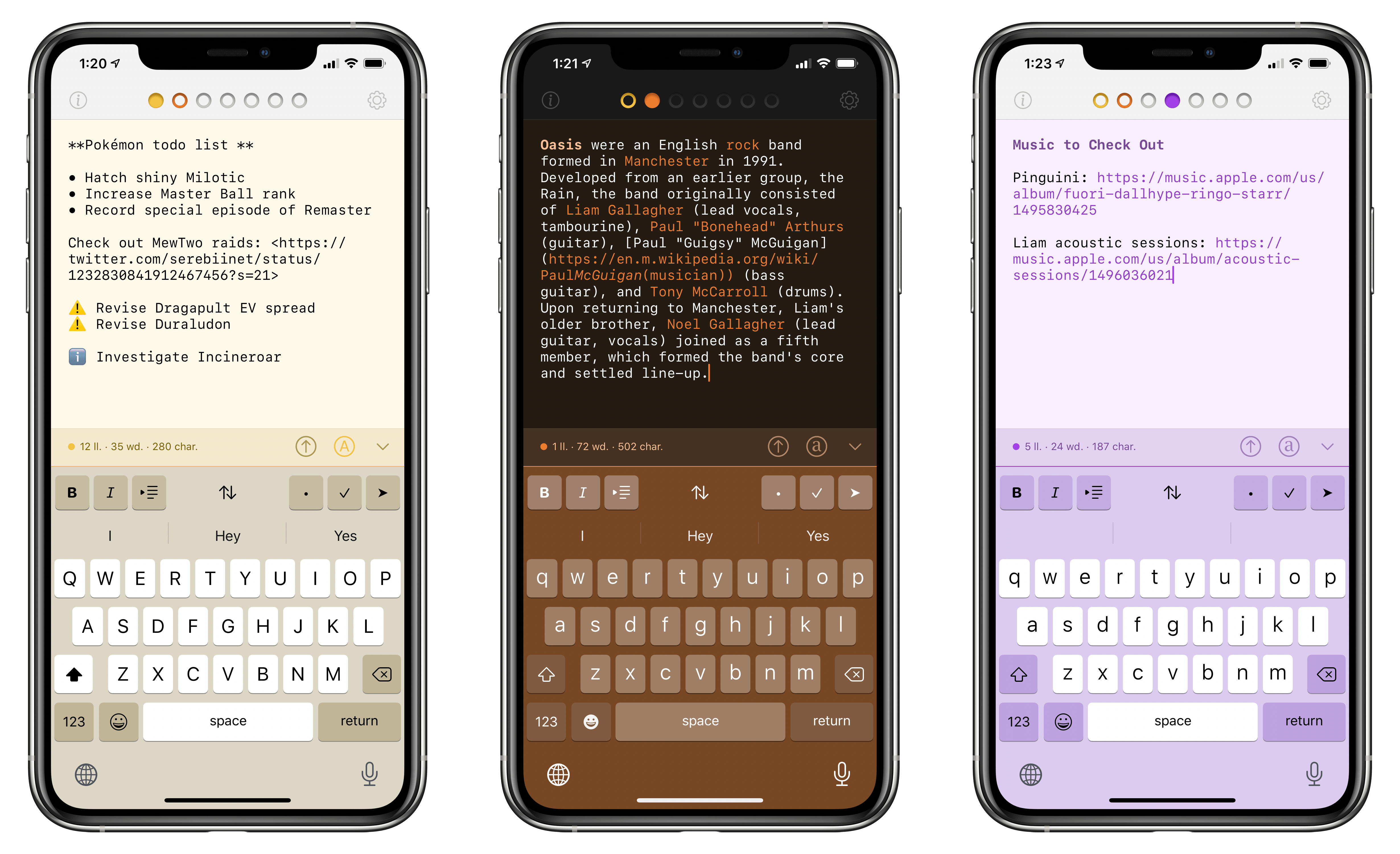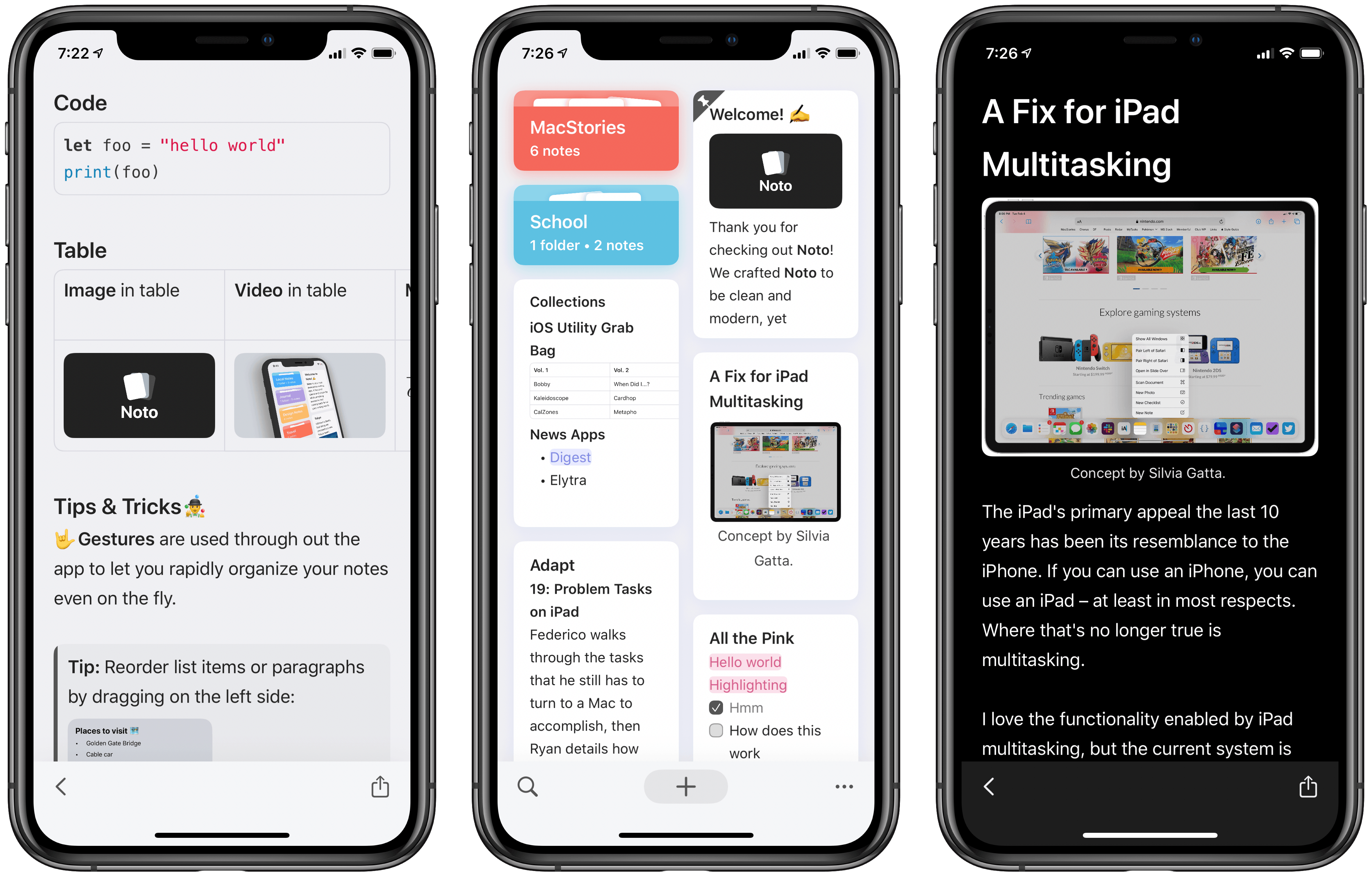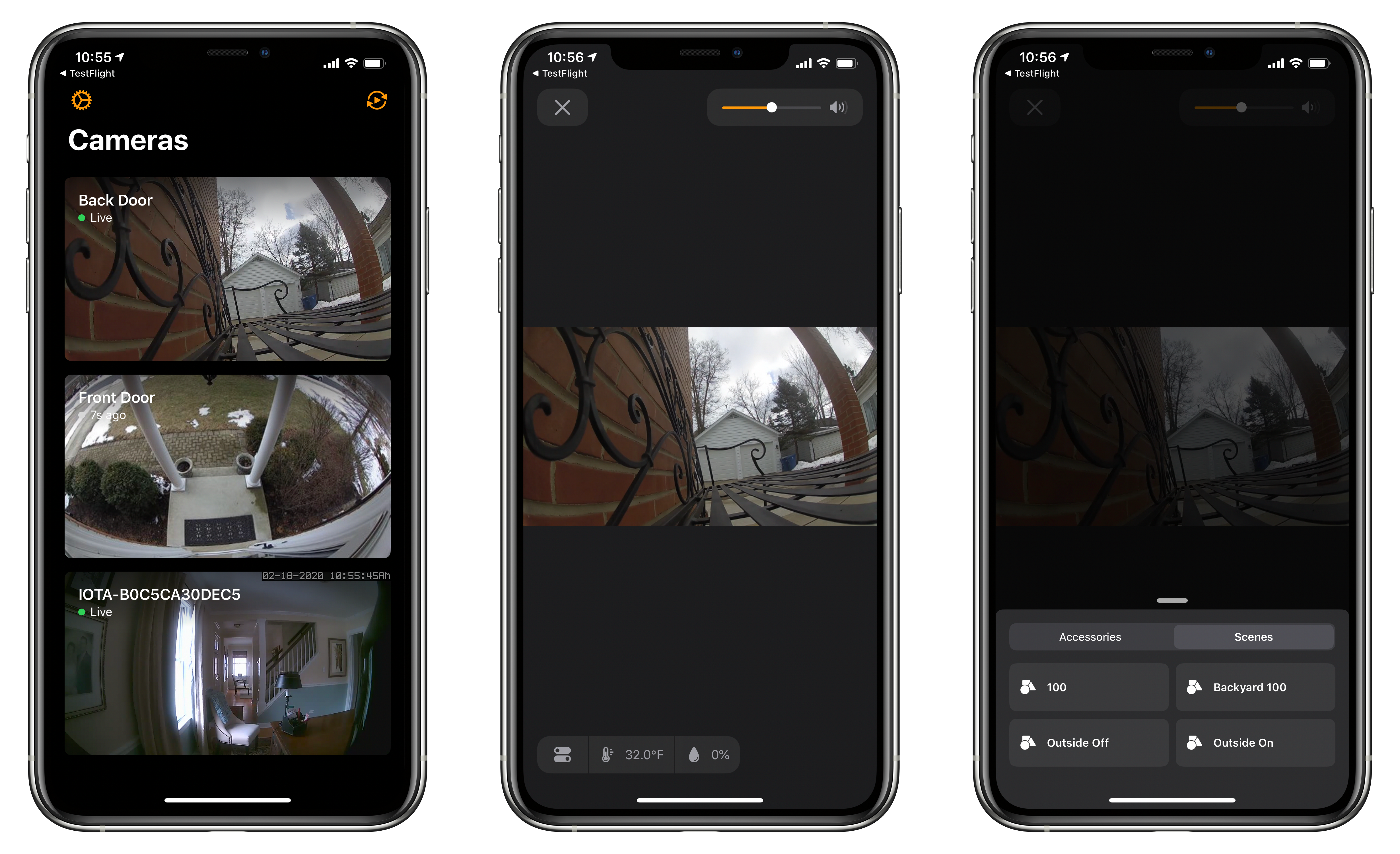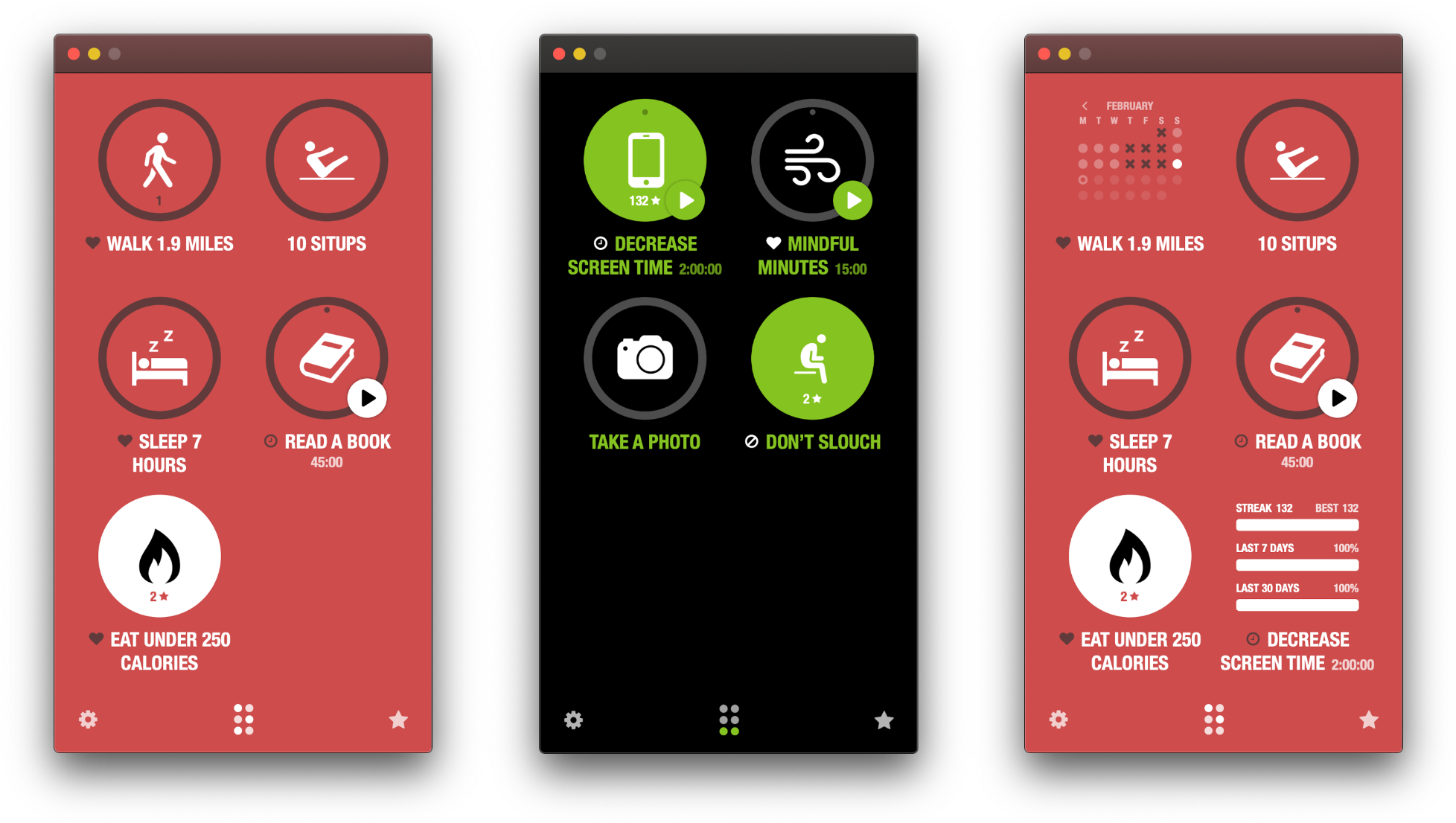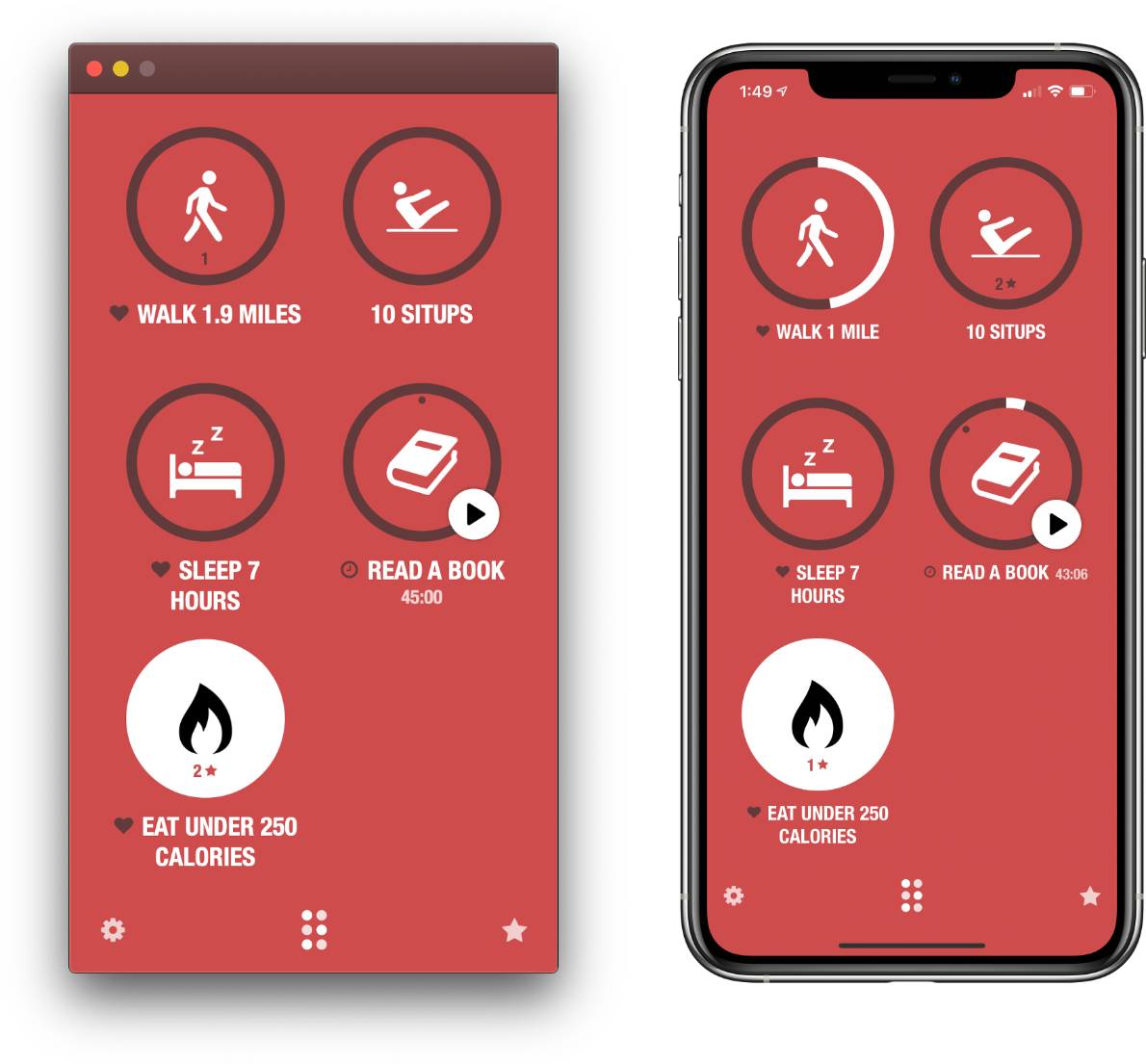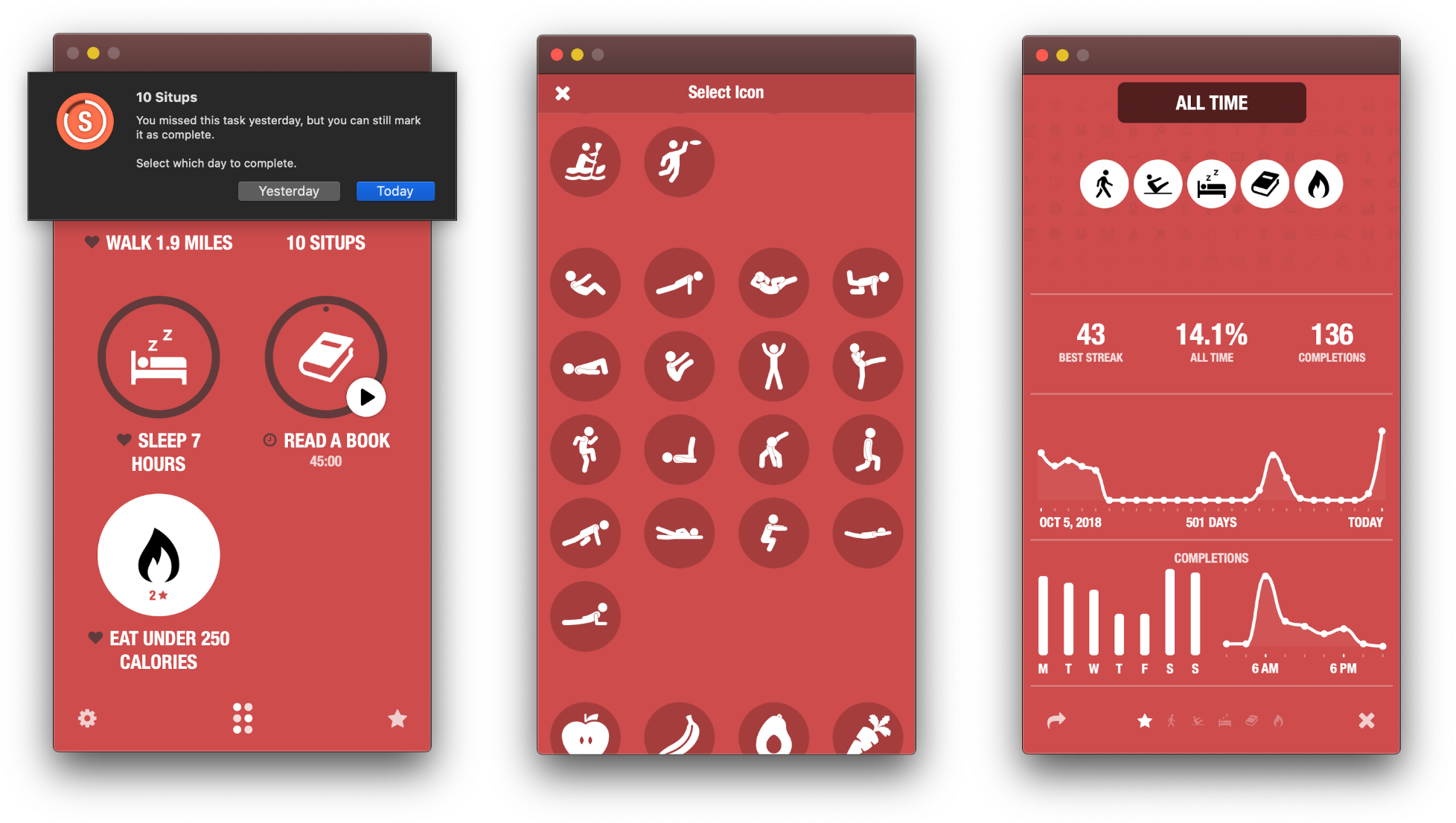Roundguard by Wonderbelly Games is a delightful mashup of genres that I highly recommend. Like a lot of our readers, I’ve been looking for distractions. It’s easy to get sucked into the constant barrage of bad news delivered to our devices, which feeds an unhealthy stress loop. One effective way I’ve broken that cycle is with video games, and the more absorbing and lighthearted, the better.
Roundguard fits the bill perfectly. The game has been universally described as a combination of Peggle and a dungeon-crawler RPG. That’s a strange mix to be sure, but it’s absolutely true, and it works.
The mechanics of Roundguard are simple. You shoot your character out of a medieval-style cannon from the top of the screen at pots, potions, mana, enemies, and other items. When you collide with something, you bounce off pinball-style until eventually you reach the bottom of the screen, which ends your turn. The game requires skill and planning, but also a heavy dose of good luck as your character careens off items in unexpected ways.
Colliding with enemies, including goblins, spiders, and skeletons, causes both of you to take damage. At times, enemies can also poison you or will shoot arrows at you as you bounce around, adding elements of strategy and timing to the mix. Along the way there will be XP to earn, items to collect, abilities to acquire, and difficult boss levels like any good dungeon crawler. Of course, when your health runs out and you die, you have to start from the beginning too.
There’s a lot of depth to Roundguard. Early on, it’s fun to play the game like you would Peggle or an idle tapper game. Along the way, though, Roundguard pulls you in deeper with helpful tips without being overbearing. Before long, I found myself managing my inventory of items and planning my approach to levels in a way that was reminiscent of classic RPGs. It’s a gradual, evolutionary process that keeps the game interesting and engaging.
I’ve been playing Roundguard on a variety of devices, including my iPhone 11 Pro Max, iPad mini, iPad Pro, and even the Apple TV, and it’s hard to say which I like best. The game features excellent controller support, which I’ve been using with my iPad Pro and Apple TV. Bigger screens add dimension to the fun artwork and sound effects of the game, which gives them the edge over my iPhone. Even so, Roundguard is a truly mobile game at heart, which makes it fun to play in short bursts on the iPhone, where the rich colors really stand out too. As a result, I expect to continue to play across all of my devices, which is seamless because my progress is synced between them.
Stepping back, Apple Arcade feels like it is starting to really come into its own with games like Roundguard. The service started out with an extensive catalog of excellent games, but many felt like they were modified free-to-play games or were adaptations of games previously released on other platforms.
In contrast, Roundguard was released on Arcade, Switch, Xbox One, and Steam simultaneously, and it shows. Instead of feeling like it’s been retrofitted for Apple’s platforms, Roundguard was clearly developed with touch in mind from the start. The pace of new releases on Arcade has slowed considerably since its launch, but if that means more games like Roundguard and the recently released Crossy Road Castle, that’s fine by me.
It’s always a good sign when I struggle to finish a game review because every time I launch it to test something, I get sidetracked and wind up playing longer than I intended. That has absolutely been the case with Roundguard. There’s a depth of gameplay, personality, and good humor here that has made it one of my favorite Arcade titles yet. If you subscribe to Apple Arcade, Roundguard is a fun distraction you don’t want to miss.


